
AeroGenie - مساعد الطيار الذكي الخاص بك.
الرائج الآن
Categories
The Future of Flying Vehicles Is Approaching
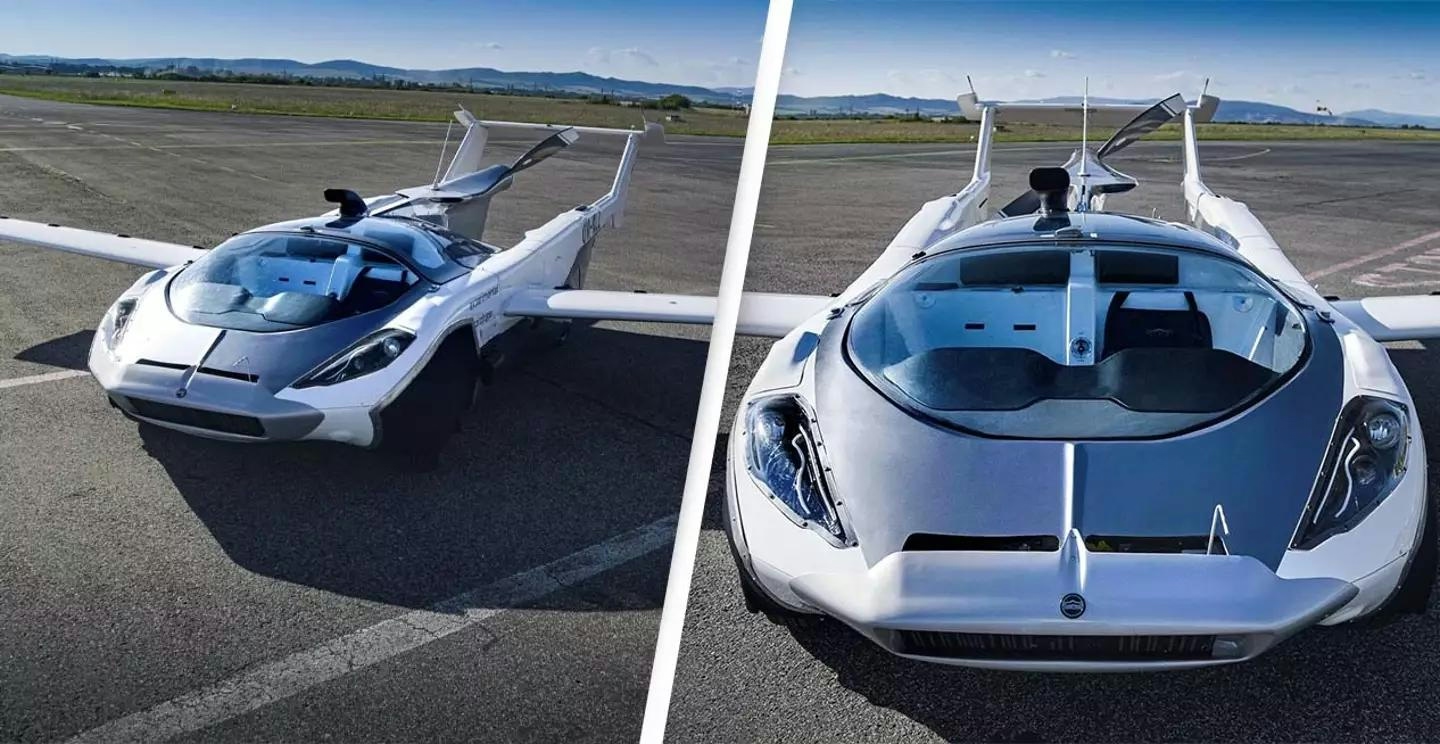
The Future of Flying Vehicles Is Approaching
Self-flying, fully electric air taxis are swiftly transitioning from the realm of science fiction to tangible reality. Within the next five years, passengers in select urban centers may be able to summon an air taxi via a smartphone app, much like booking a ride through existing ground-based services. This once-distant vision is now materializing, propelled by advancements in autonomous aerial vehicle (AAV) technology, artificial intelligence, and the expansion of 5G connectivity.
Technological Progress and Early Deployments
The concept of flying taxis gained significant attention in 2018 when Chinese company EHang introduced its EHang 184 prototype at the Mobile World Congress in Barcelona. This unveiling offered a glimpse into a future where aerial taxis could revolutionize urban transportation. EHang’s vision extended beyond passenger travel to include critical applications such as delivering medical supplies, transporting organs for transplant, and providing emergency services to otherwise inaccessible locations. At the time, however, regulatory and certification challenges impeded rapid progress.
Fast forward seven years, and the landscape has evolved considerably. Technological breakthroughs and the initial certifications granted in China have enabled unmanned flying vehicles to move beyond prototypes and demonstration flights to active deployment in select cities. EHang now produces AAVs capable of carrying two passengers, which are already being utilized for aerial cinematography, emergency response, and survey missions within China.
Market Growth and Regional Dynamics
The global Urban Air Mobility (UAM) market is on the cusp of significant expansion. A report published in September 2025 by Precedence Research projects the market to grow from $6.54 billion in 2025 to an estimated $92 billion by 2034. Intracity travel is identified as the fastest-growing segment within this market. Artificial intelligence plays a pivotal role in this transformation, enhancing operational safety, efficiency, and scalability. The coming years are expected to witness the emergence of additional platforms, the development of infrastructure such as vertiports, and the broadening of autonomous service offerings.
The Asia Pacific region is emerging as the fastest-growing market for UAM, driven by rapid urbanization and strong governmental support for innovative mobility solutions. Policy initiatives, infrastructure development, and strategic partnerships with global aerospace leaders are accelerating the sector’s growth in this region.
Challenges and the Road Ahead
Despite these promising developments, the widespread adoption of flying vehicles faces a complex array of challenges. Technical obstacles, the potential for human error, regulatory uncertainties, and questions surrounding economic viability continue to hinder progress. Market responses have been varied; while some companies have gained momentum, others have encountered setbacks or redirected their focus toward niche commercial applications. A number of competitors have even paused development efforts in light of these difficulties.
Recent milestones highlight the sector’s advancement, yet the future of flying vehicles hinges on overcoming persistent technical, economic, and regulatory barriers. As the industry continues to evolve, the promise of on-demand urban air mobility draws nearer. However, its full realization will depend on sustained innovation, the establishment of rigorous safety standards, and widespread public acceptance.
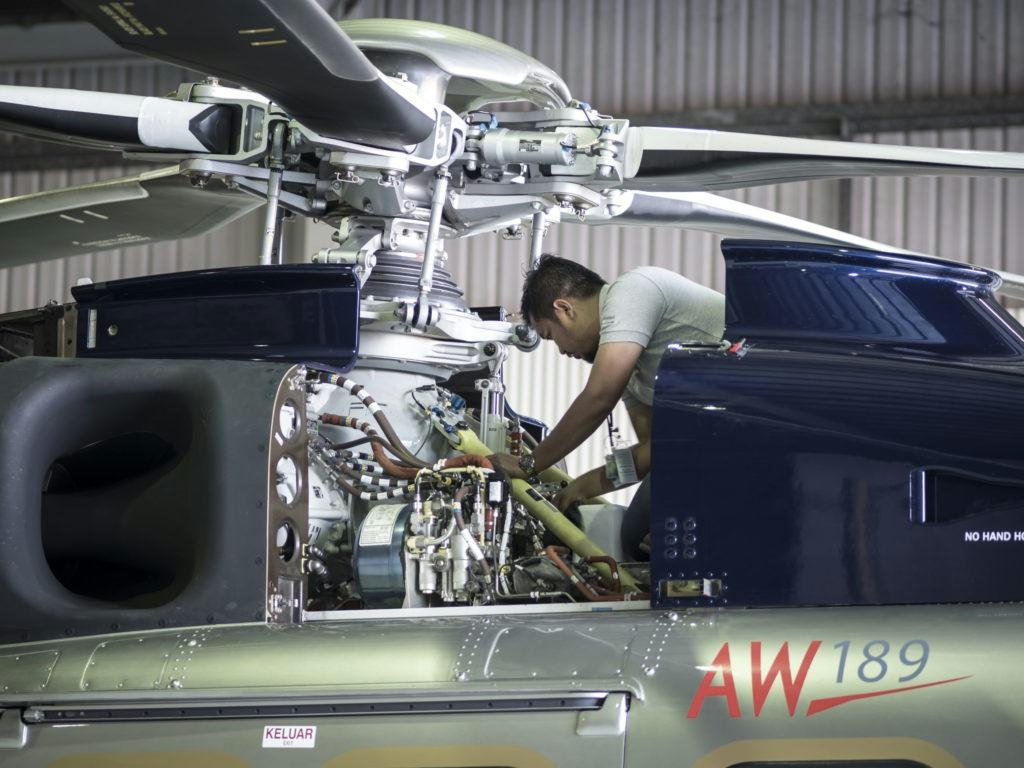
Elevate Aviation Group Expands Maintenance Services

AICM Slot Allocations Move to US Airlines, Report Says
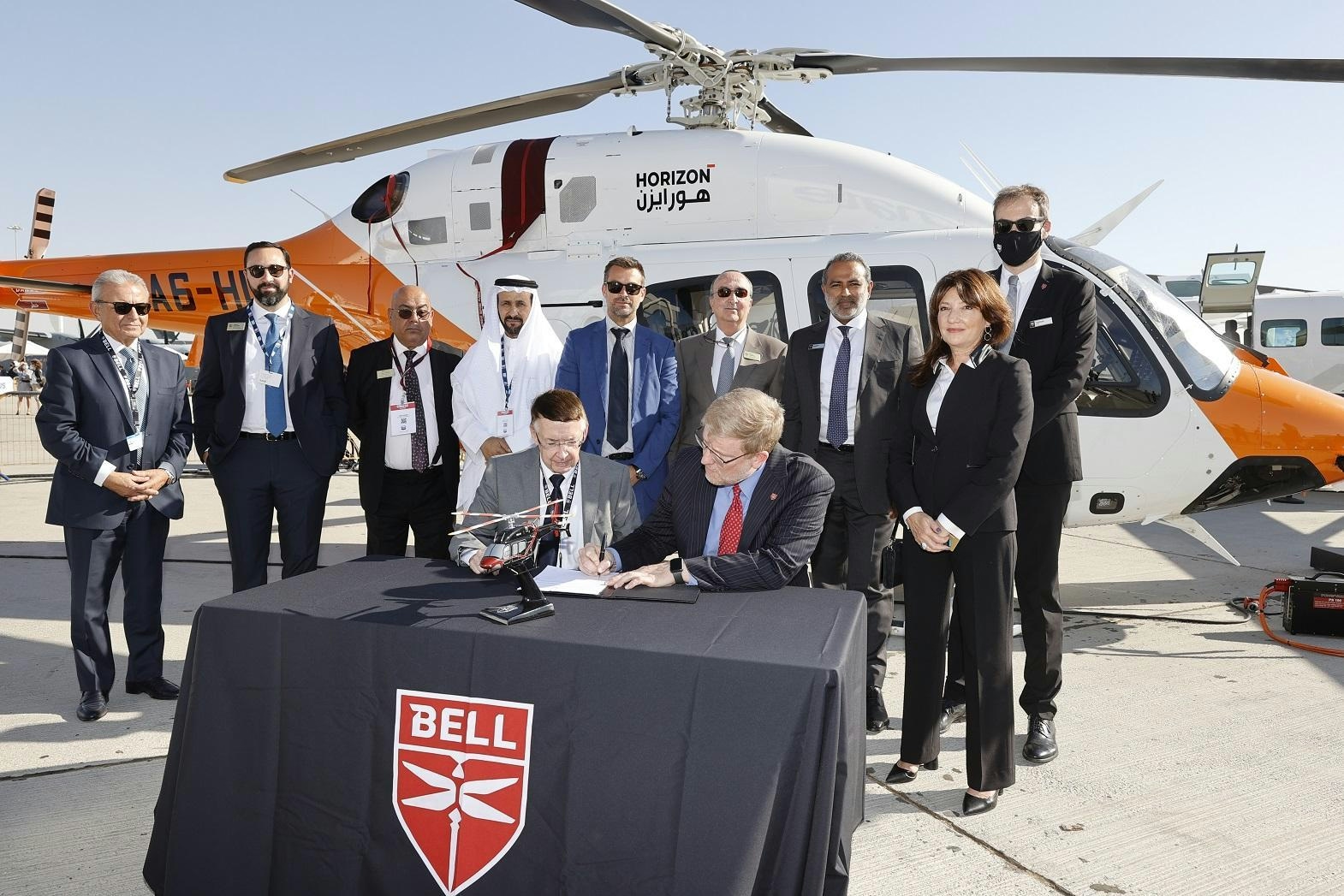
Abu Dhabi Aviation and Honeywell Enhance Helicopter Maintenance Services in UAE
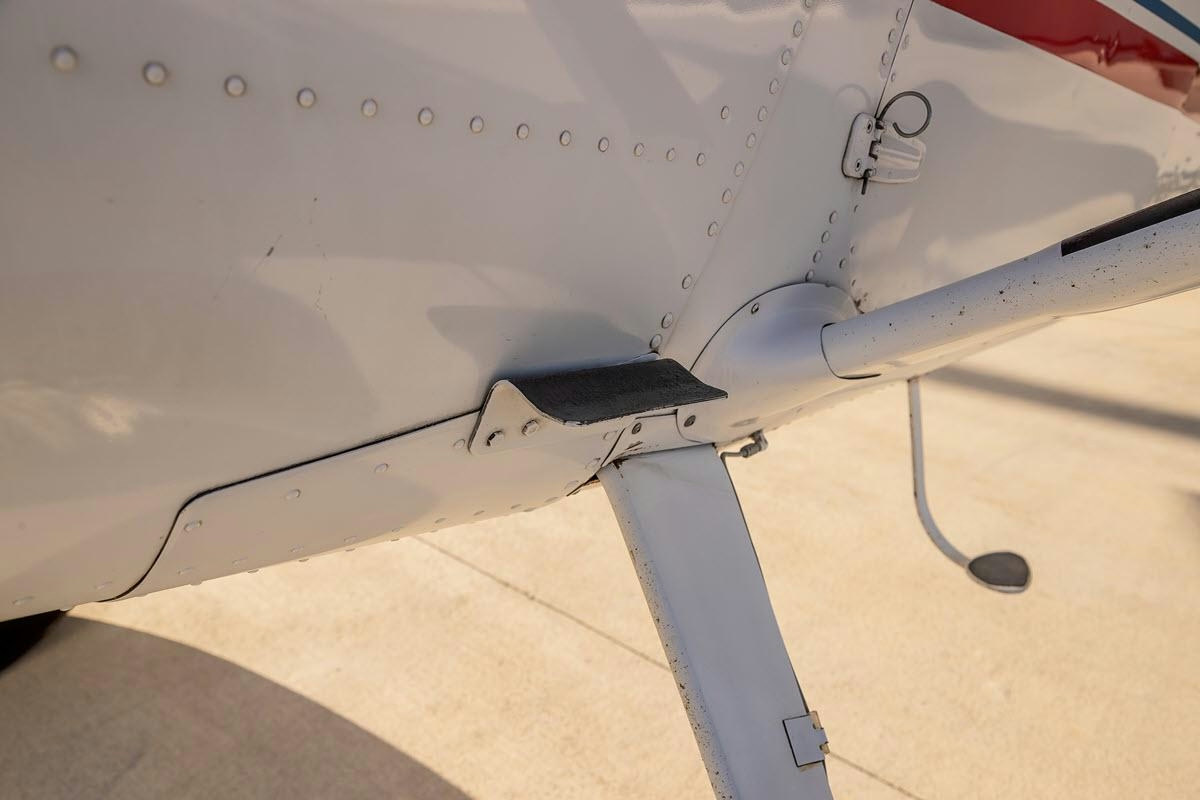
McFarlane Aviation Acquires P. Ponk STCs for Legacy Cessna Aircraft

NTSB Releases Preliminary Report on UPS Plane Crash Involving Engine Separation
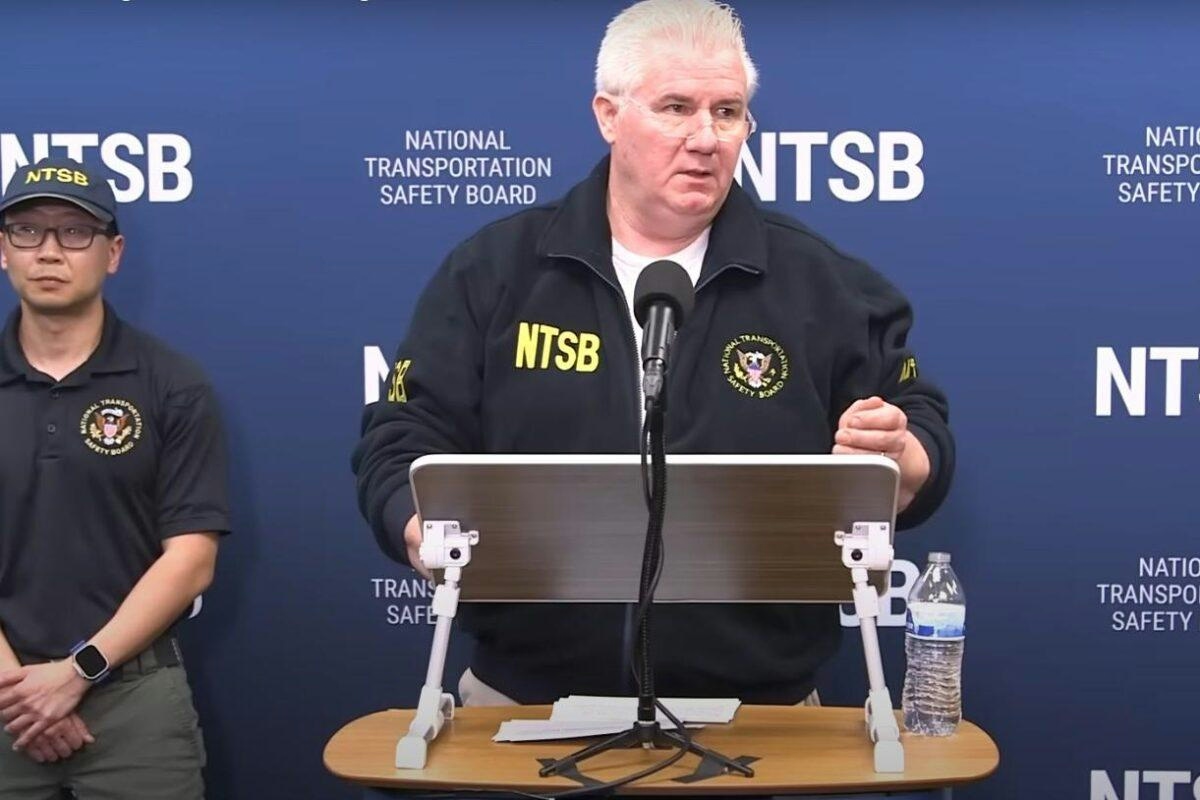
NTSB Investigates Pylon Fatigue Cracks in UPS Flight 2976 Engine Separation

EDGE Strengthens UAE Aerospace Sector Through Partnership with Etihad Engineering

Northern Jet Emphasizes Human Authenticity Amid Industry Shift to Automation

Tyler Kleinsasser Awarded Inaugural JSSI Aviation Innovation Grant
